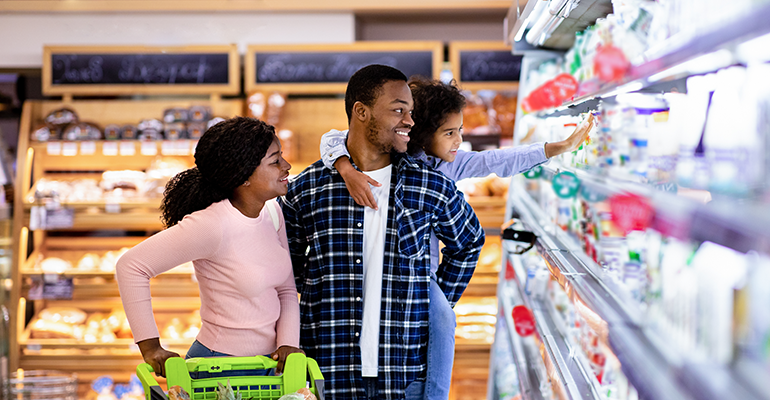News
Food for all: Meet the needs of Black American consumers with equitable access
9 Mar 2023
Black American consumers’ spending on food is expected to grow by 5% each year and is set to reach $200 billion by 2030 - but a lack of reliable access to affordable, nutritious food and investment from food retailers is resulting in poor health outcomes, according to a market report by US management consultancy McKinsey.
With Black American consumers spending an estimated $120 billion on food in 2021, and this likely to double by 2030, there is a significant opportunity for retailers to successfully appeal to the needs of this demographic.

“Companies that win these consumers’ dollars and loyalty could attract a share of this spend and – according to our analysis – increase their spending on food by $4 billion to $7 billion per year. This opportunity will be worth $340 billion from 2022 to 2030,” write the authors of the report.
Black consumers have five key food preferences
Published by McKinsey’s research institute and thinktank, McKinsey Institute for Black Economic Mobility, Nourishing equity: Meeting Black consumers’ needs in food reveals Black American consumers have five preferences for food retail purchasing when compared to their non-black counterparts. They want food retailing experiences that are culturally relevant and convenient; increase healthy habits; place emphasis on good value for money; and allow for new experiences to new foods.
According to the authors, food retailers can help meet these consumer preferences with a number of proactive strategies alongside building diverse organisations that can facilitate equity goals. Food retailers and brands can expand their offerings specifically with Black consumers in mind, frequently test new concepts and offerings, invest in e-commerce, optimise their physical presence in Black communities, and upgrade in-store experiences as well as engaging with customers to build loyalty.
The current grocery store experience: Redlining and food deserts
In the US, a growing number of grocery chains stock Black-owned food brands, however these brands are not necessarily identifiable as Black-owned to consumers.
“This is a missed opportunity for brands and retailers. Grocery stores also tend to relegate their culturally diverse foods to an aisle – or a few – dedicated to ethnic and international foods, which forces Black consumers into a different shopping experience than the average shopper," say the McKinsey analysts.
A deeper socio-political issue of supermarket redlining is also disproportionately affecting Black, low-income communities. Redlining is a practice where major grocery chains avoid opening or are reluctant to maintain stores in areas perceived as risky investment. This limits choices for this demographic and drives up prices for available food options.
Findings also reveal counties with higher-than-average Black populations tend to have more convenience stores and less fresh food options when compared with counties that have lower-than-average Black populations.
Fresh and organic food options appeal
In a consumer survey conducted by McKinsey’s Institute for Black Economic Mobility, Black respondents say they prioritise organic options and fresh food. This demographic allocates a higher share of their grocery spending to fresh produce, meat, and seafood over frozen food or beverages.
However, brand advertising strategies can often mean promotion of less healthy, more processed foods targeted at Black and Hispanic Latino consumers creating a challenge to buy healthier foods despite a preference for them, notes the report.
“Equitable access to food is more than a basic need. It is a way to help Black consumers build the food cultures that are culturally and emotionally resonant without constraints. The key is to listen to what Black consumers want and respond.”
